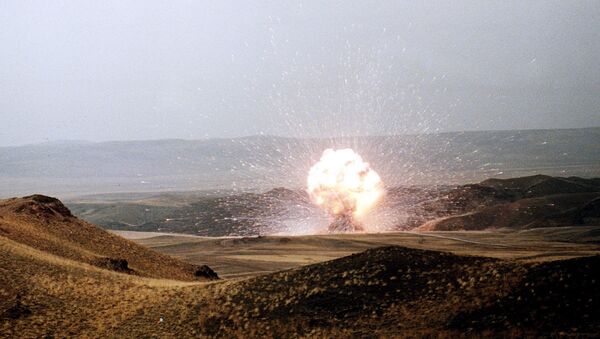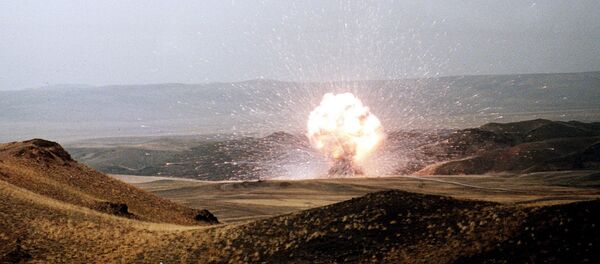"In the unlikely event Russia returns to full and verifiable compliance before the end of the six month period, we will rescind our suspension and planned withdrawal from the Treaty. But absent such a change in Russia's conduct, our decision to withdraw from the Treaty will stand, and the Treaty will end," Baldanza said.
"We must be prepared for this eventuality. Our preparations along these lines include plans to test a conventional ground-launched missile."
According to recent media reports, Washington is planning to test missiles, previously banned under the INF treaty, later this year. New cruise missiles may be deployed within some 18 months, according to reports.
Baldanza said she could not provide any exact timelines of the prototype fabrication process because "there are many factors that could come into play."
READ MORE: US Gen. Sheds Light on Plans to Deploy Cruise Missiles in Europe Amid INF Exit
Earlier the Hill reported cited unnamed defense officials that a new cruise missile is scheduled to be tested in August, while a longer-range ballistic missile will be tested later in November.
The new cruise missile is supposed to have a range of 1,000 kilometers, while the ballistic missile will have a range of 3,000 to 4,000 kilometers, the officials said as cited by the Hill.
On 2 February, the United States formally suspended its obligations under the INF Treaty and launched the withdrawal process, which would be completed within six months unless Moscow remedies its alleged violations of the bilateral arms control deal. At the same day Russian President Vladimir Putin announced that Moscow also suspended its obligations under the treaty in response to the US move.
READ MORE: US Plans to Test Missiles Banned by INF Treaty in 2019 — Report
Russia has repeatedly denied the allegations that the missile violates the treaty, pointing out that American missile defence systems deployed in Europe can be re-purposed for offensive use and therefore are themselves violating the accord.
The INF Treaty was signed by the Soviet Union and the US in 1987, and provides for the elimination of all nuclear-armed ground-launched ballistic and cruise missiles that operate at ranges of between 500 and 5,500 kilometres.



